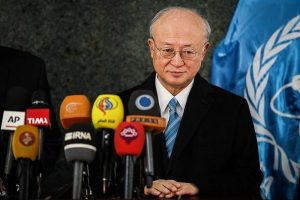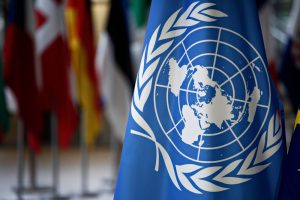The Bulletin of the Atomic Scientists is hosting an online discussion on Iran and International Atomic Energy Association (IAEA) compliance standard. Authors include Arms Control Law blogger Daniel Joyner, the Hudson Institute’s Christopher Ford, and Vertic’s executive director, Andreas Persbo. Last week, Joyner, a law professor at the University of Alabama, wrote that the IAEA is overstepping its bounds with the two additional and separate legal standards included in the Director General’s Board of Governor’s report:
I think that the two additional legal standards are ultra vires, or beyond the authority, of the IAEA to apply to Iran and to be the basis for investigations and assessments by the IAEA. The only lawful standard for the IAEA to apply is the clear standard from Article II of Iran’s CSA, i.e. that all declared, safeguarded nuclear material in Iran has not been diverted to non-peaceful use.
It must be remembered that the IAEA is not a general policeman of international nuclear energy law. It is not the “UN’s nuclear watchdog,” as the media is so fond of calling it. The agency is an independent international organization, which was created through a treaty — an instrument of international law. As such, it has only the international legal personality and the limited mandate of legal authority, which are provided both in the agency’s statute and in its bilateral Safeguards Agreements with member states.
Now for the kicker:
So what does this mean in application? It means that the current director general and his predecessor have consistently assessed in their reports to the Board of Governors that, according to this one lawful standard, Iran is in full compliance with its IAEA safeguards obligations.
It also means that, since Iran neither has an Additional Protocol in force with the IAEA, nor is under any legal obligation to conclude one, the fact that the agency is “unable to provide credible assurance about the absence of undeclared nuclear material and activities in Iran, and therefore to conclude that all nuclear material in Iran is in peaceful activities” — standards derivable from the protocol — is legally irrelevant.
Furthermore, it means that the IAEA does not have the legal authority PDF to either investigate possible military dimensions, or the weaponization, of Iran’s nuclear program, or to publish reports making assessments on this issue, as it did in November 2011.




